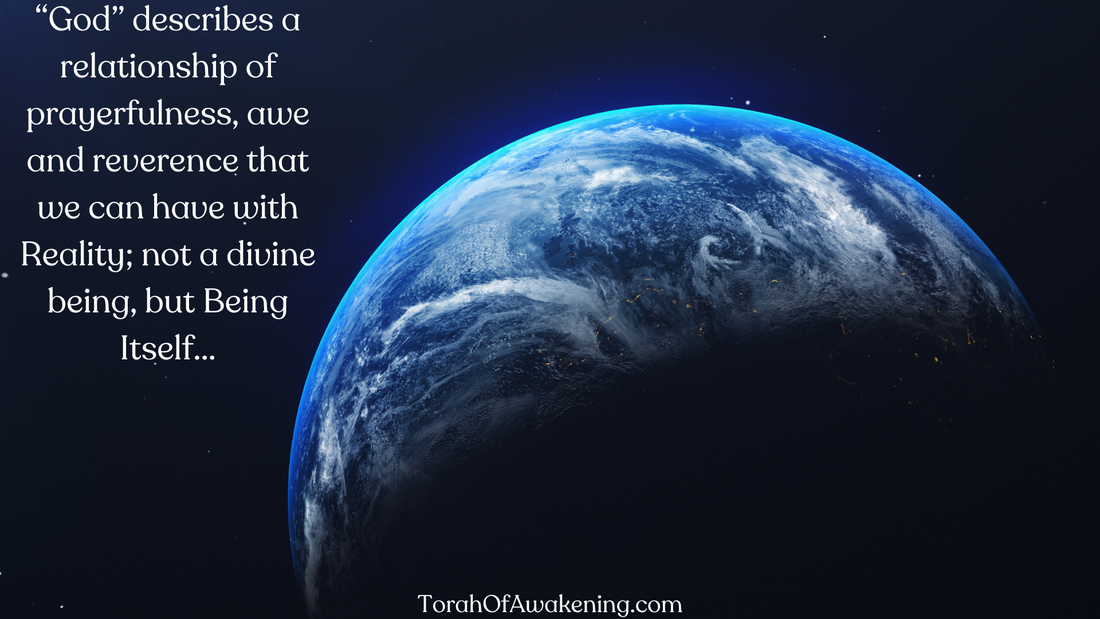|
The other day, our cantorial soloist and service leader Renée came to me to discuss a dilemma: she was having trouble with leading the High Holiday prayers, because on one hand, she wants to be authentic, but on the other hand, many of the prayer texts just don’t feel authentic to her. She said that she wants to have integrity as a prayer leader, and not just treat our services as a just another “singing gig.”
I appreciated this so much, and I shared with her that it took me many years for these prayers to feel authentic, and that my process with them involved putting them into my own words and making my own interpretive translations. The key for me has been to try to connect with the prayerful intentions beneath the words. Many of these texts are over a thousand years old, and some of them over three thousand years old. On top of that, reading English translations can sometimes bring up connotations of today’s America brand of fundamentalism, which only adds to their distance. But if we can connect the prayerful impulse beneath the words with our own prayerful impulse, then the ancient words can merge with our own prayerfulness, so that we pray not merely as individuals, but as voices in the chorus of our people and our history. But how do we do that? Ironically, when Renée came to me with her question about how to be authentic, in doing so she was being completely authentic! And what was that authentic impulse? It was to engage in a process of transformation – in this case, to find a way into integrity with leading the prayers. And in a sense, this is really the essence of these High Holy Days: to engage in a process of transformation – to become aware of how we want to change for the better in the coming year. That’s it – if each of us can bring that question into our lives and take steps to effect that transformation for ourselves, then we have done our job. But, in order to ask ourselves the question of how we might change in a true and deep way, we first have to do something even more fundamental: we have to become present with ourselves not as we’d like to be, but as we are. Life is busy and it’s easy to hide from ourselves and live only on the surface of the great Ocean of Being, amidst the movement of the waves of life. If we want to get below the waves into the depths of the Ocean Itself, we need to pause the momentum; we need to stop doing and take some time for just Being; we need to sing, we need to move, we need to contemplate, and on the deepest level, we need silence; we need meditation. This is why the most central practice of Rosh Hashanah does not consist of any of these problematic words; it is simply listening to the sound of the shofar. עָלָ֣ה אֱ֭לֹהִים בִּתְרוּעָ֑ה יי בְּק֣וֹל שׁוֹפָֽר׃ – Alah Elohim b’truah, Adonai b’kol shofar – “Elohim rises up in the blast, Adonai in the voice of the shofar.” These two Divine Names are so instructive: Elohim is plural – literally “gods” – hinting that all the forces of Existence are One Reality, and Adonai is really the four letter Name which means “Existence” or “Being” or “Reality.” Alah means “rises up,” hinting that our experiential sense of the sacred arises out of our connection with Reality – that is, with whatever is present in this moment, when we become present – that is the attentiveness called forth by the sound of the shofar. In this very real sense, “God” is not about believing in some deity. Rather, “God” is a relational word, like “friend” or “teacher.” If someone asked you, “Do you believe in friend?” – that would be absurd. “Friend” is not something to believe in; rather, it describes a certain type of relationship. In the same way, “God” describes a relationship of prayerfulness, awe and reverence that we can have with Reality; not a divine being, but Being Itself. Prayer then, in its truest sense, is a response to our recognition of the sacred. God has gifted us with this moment, with this life – what is our response? When our response includes the aspiration to be co-creators of ourselves, then we tap into the spirit of these holy days. וּלְחַנָּ֖ה אֵ֥ין יְלָדִֽים – and Hannah had no children… - I Samuel 1:2 This is why, in our haftara, Hannah is barren at first, but she longs for a child. When her longing reaches its peak, she expresses her aspiration in prayer. The description of how Hannah moves her lips quietly as she prays becomes the model in our tradition for the Amidah, the most core prayer in our tradition. Then, when her prayers are answered and she conceives and gives birth, she names her son Shmuel, which is Sh’ma – El; meaning, “listens to God” or “God listens.” Either way, it is the God within us, listening to the God all around us, waking up to that impulse of transformation, through us. May we all be inspired and encouraged in our grand pause and coming together (again) to listen…
Read past teachings on Rosh Hashanah HERE.
Learn Integral Jewish Meditation
Get Free Guided Meditation Below:
1 Comment
Ron Kafker
9/22/2023 02:10:15 am
Thank you 🙏
Reply
Leave a Reply. |
Archives
July 2024
|

 RSS Feed
RSS Feed